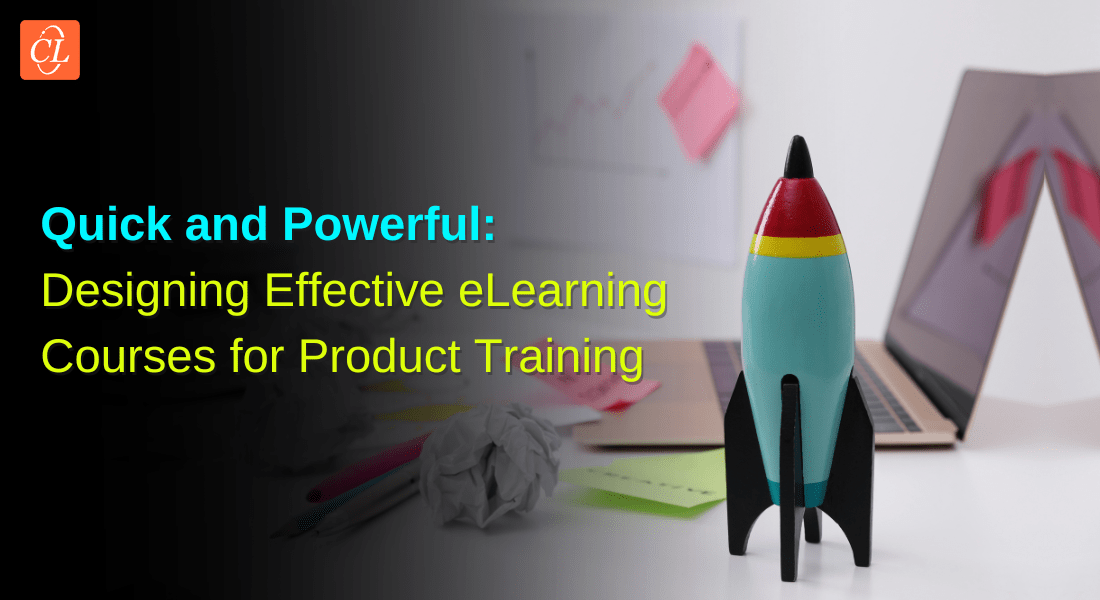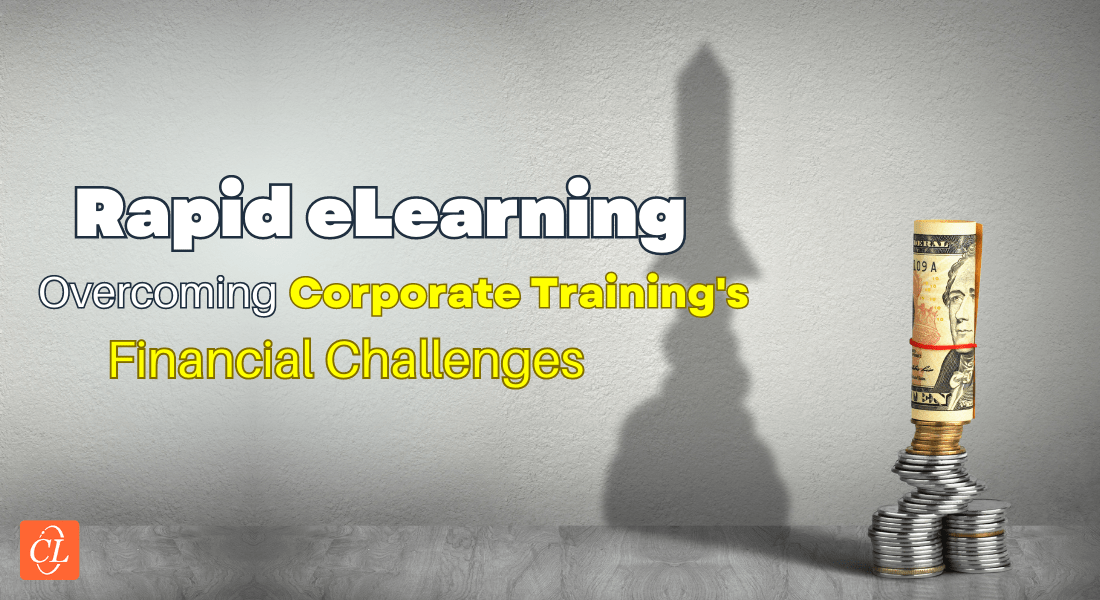Simulations to Enhance Training: 5 Industries that Can Benefit

Remember the first time you learned to swim, drive a car, or even tie a simple shoelace. You know you learn better through doing. But unfortunately, you cannot practice the same in corporate training by pushing employees to learn on-the-job, especially in industries where a single mistake can prove to be very expensive to the organization.
So, you roll out a training program in your organization. You know the content is damn good, but you really can’t control what your learners learn. Completion of the training does not guarantee that the training program has enhanced the learner’s skills, especially in industries where there is a lot of focus on procedures and processes.
→ Download eBook Now: Rapid eLearning Design for Quick Rollout
Have you ever considered using simulations in e-learning to enhance the learners’ skills? If you were under the impression that simulations are mostly used in the IT industry, to train employees on new software or applications, read on to know about five other industries that can benefit from using e-learning simulations.
1. Healthcare
If you are involved in creating training programs for the healthcare industry, simulations in e-learning are a necessity. In a real-life clinical setting, there is no room for error. In an online training program with simulations, the learners can not only fail, but also understand the consequences of their actions.
For example, training surgeons on a surgical procedure is possible through simulations in e-learning. A video of the actual surgery can be included in the e-learning course to act as a reference point for the training. Learners can view each step in the surgical procedure through 2D and 3D simulations. Learners can be asked to select the right surgical tools to perform the procedure. In case of wrong choices, relevant feedback can be provided. Imagine the risk involved, if learners were to watch a live demonstration once or twice, and then proceed to do a surgery. Providing simulations in e-learning offers learners a chance to try their skills in a safe environment. You could try a similar technique for training paramedics on CPR, or nurses involved in critical-patient care. Apart from enhancing training skills, simulations in e-learning for the healthcare industry mitigates risks.
2. Manufacturing
The manufacturing industry is diversified and employees need to constantly work on their existing skills or learn new skills. Simulations in e-learning can help build a virtual environment where learners can practice these skills in a safe environment. Manufacturing industries use automated processes and the same must be replicated in the training.
Consider the example of a manufacturing plant that needs to train technicians on operating a new machinery. A simulation in e-learning that replicates the steps to operate the machine, and also lets the user practice the steps required to operate it, can save time and bring down the training cost.

Rapid eLearning Design for Quick Rollout
5 Best Practices for Instructional Designers
- Working Efficiently with SMEs
- Engaging Learners through Design Strategies
- Working with the Right Authoring Tools
- And More!
3. Banking
The banking industry has a continuous need to train employees on processes, compliance, financial software, sales and soft skills.
Let us consider the example of a bank that needs to train employees on the loan approval process. The requirements to process a loan are:
- Determining the correct credit rating of a customer
- Considering customer requirements like interest rates and payment terms
- Processing the loan approval in 4 days (approving or rejecting)
With the current process, the bank takes 10 days to process a loan application, mistakes are made in arriving at the correct credit rating, and specific customer requirements are not addressed.
A role-play simulation in e-learning can help the bank address these problems. A character introduced in the e-learning simulation can act as the customer, and the learner interacts with the customer by trying to answer the customer’s questions. After a set of questions that address a particular learning objective are answered, the learner is allowed to proceed to the next level. The character of the branch manager acts as a mentor, giving learners inputs on the process, and explaining to the learner why a particular option that they chose is wrong.
Simulations in e-learning can also be used to train bank employees on specific software used in the banking industry.
4. Aviation
Simulations have been used as a teaching tool since years, in the aviation and aerospace industry. The aviation industry uses high fidelity flight simulators that replicate cockpit instrumentation, in-flight visuals, motions and sounds. But, the drawback is that a large number of people cannot be trained at the same time, as these high-fidelity flight simulators often cost millions of dollars.
While a low fidelity flight simulator cannot compensate for the high fidelity flight simulator, trainees can use flight simulations in e-learning to achieve the following objectives:
- Familiarize themselves with aircraft system controls and parameters
- Memorize pre-flight and in-flight actions
- Execute operational procedures
- Develop team work and crew resource management skills
Simulations in e-learning can be used to supplement high quality training imparted in the aviation industry.
5. Tourism and Hospitality
The tourism and hospitality industry relies upon people to provide services. Trainees in the hospitality industry need to practice real-world tasks like problem-solving, customer relations, interpersonal skills, and operational procedures.
A virtual hotel can be set-up through a simulation in e-learning, to prepare learners for the challenges of handling front-office operations, food service, and handling customers in 5-star hotels. This may not be possible in a classroom training. Instead, a workplace simulator does the job. Rewards and assessments included in the eLearning course take care of motivating and challenging learners.
In a game of chess, the winner is the one who can visualize moves before the opponent does. Apply the same principle to your workplace. Give learners a chance to use the safety net offered by simulations in e-learning. This not only enhances training skills, but is also a lot better than directly applying the learning, in a real work environment.
How has your organization benefited from using simulations in e-learning courses? Do share your thoughts through the Comments section.





